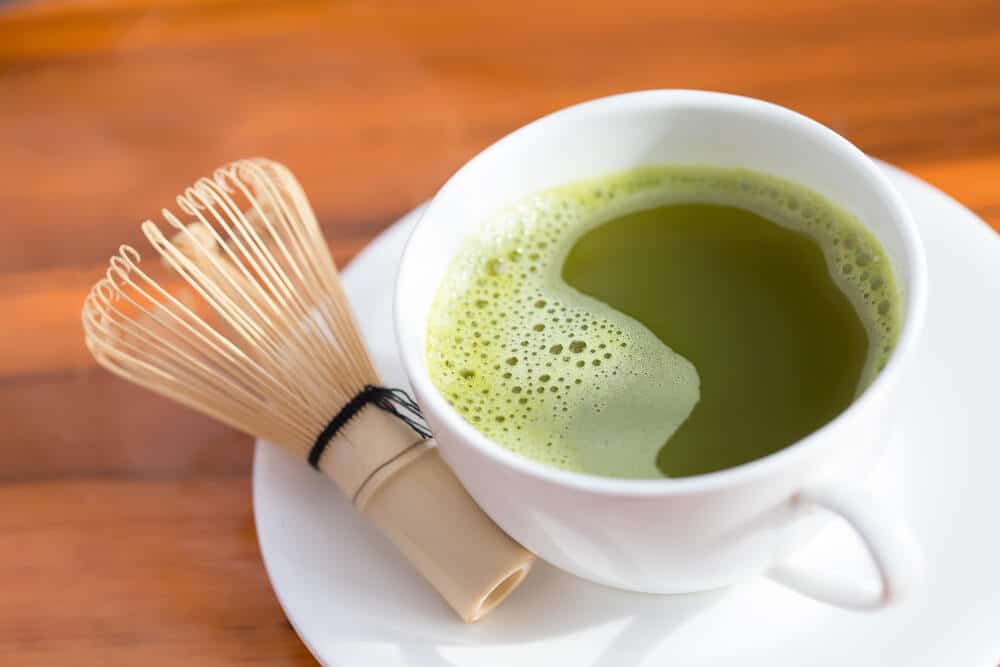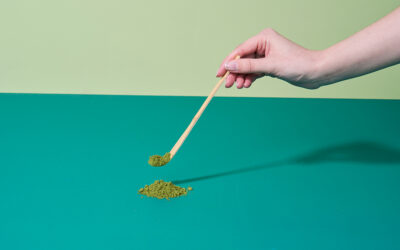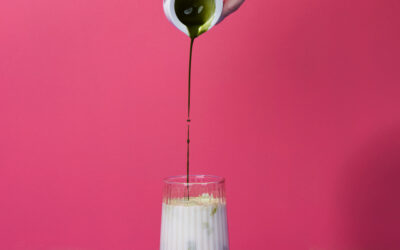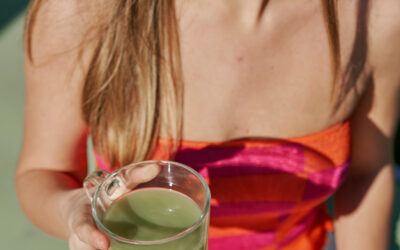Like any superhero (or superfood in the case of Japanese Matcha Tea), it’s got an origin story.
Japanese matcha green tea has evolved over time from herbal medicine to daily drink; From cultural icon to worldwide accepted superfood. It all started thanks to some travelling Japanese Buddhist monks who trekked off to China. That seems like a good place to start this story.
Origin Story: The history of growing in China & going to Japan
Buddhist monks in Japan loved to go and learn about different practices, including how tea was grown and cultivated. In the 800’s Buddhist monks Saiko and Kuka ventured to China and brought back seeds to grow tea with them. But, it was the Zen Buddhist monk Eisai who really kicked things off for Japanese green tea.
Eisai also travelled to China, learned about tea, and its beneficial properties, since for the Zen Buddhist monks, tea was held in high regard for its health properties. So Eisai made it part of his practice refining the process, and started recommending it to others.
So, our superfood started its transformation…
How Japanese Matcha Green Tea went from Herbal Medicine to Daily Drink
Eisai wrote a book on the health properties of the Japanese Green tea named Kissa yojoki, the title translates to mean “drinking tea for health”.
The difference in the process from traditional tea that Eisai refined was that the green tea leaves were dried and processed by grinding into a powdered form, making it easy to consume the entire tea leaf and access the health benefits rather than steeping those leaves in water and throwing them out.
Now as time went on, news of this tea and how it was cultivated saw its consumption increase. It went from being considered a hero amongst Buddhist Monks to being consumed by the Military Elite.
Talk of the health benefits spread over time, and Japanese matcha green tea flowed through the ranks (pardon the pun) to become a daily drink enjoyed throughout Japan, making it a cultural icon.
Now that our little marvellous matcha had become well regarded, it was time for it to transition again and become a beverage.
From cultural icon to beverage
Between the 1300s and 1500s is when Japanese matcha green tea became part of traditional Japanese Tea Ceremonies. Matcha was seen as a more spiritual practice, the pursuit of simplicity over extravagance. The more it was consumed, the more it transformed. Today, we see matcha lattes, smoothies and desserts as well as matcha teas, as our superhero went global.
The worldwide acceptance of Japanese Matcha Green Tea
Like all superheroes, eventually, they group together and form a team. Thanks to the rising focus on health, and an understanding of the importance of antioxidants and superfoods, it wasn’t long before Japanese Green Tea (or Matcha) found its place as a superfood.
Rich in antioxidants, and able to be used in raw foods, and as a face mask, Japanese Matcha Green Tea has found its place worldwide as a superfood loved by all. Talk about a Matcha Maiden’ heaven.
To keep reading about the history and types of japanese matcha tea, click here.





